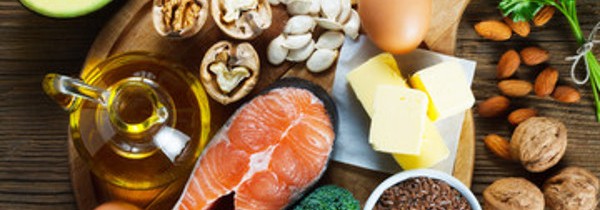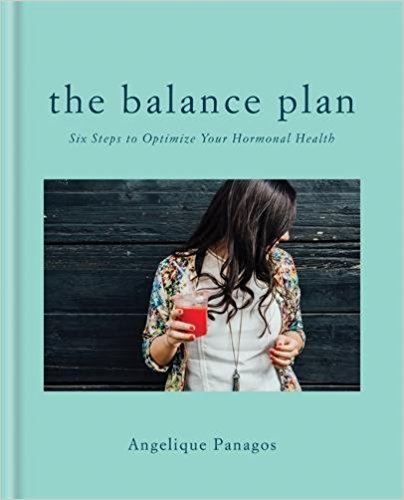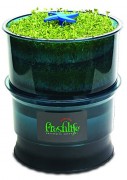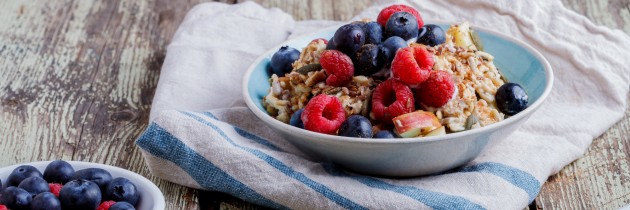Good fats versus bad fats – getting to know the Fats of life
Good fats versus bad fats? Seems like an odd suggestion, doesn’t it? In a way, we’ve been programmed to believe that all fats are bad and should never pass our lips for risk of a whole array of health conditions and weight gain.
Media scare stories surrounding fat consumption have led many to follow a ‘low-fat’ or rather ‘no-fat’ diet in the name of health benefits such as weight loss for years, conversely resulting in other health problems.
So, lets set the record straight – we all need fats in our diet to achieve good health
While we must be informed about the effects of fats in the body, especially with the rise in obesity and heart disease, the issue seems to have arisen because all fats are put into the same category. But they couldn’t be more different!
There are the bad fats (trans/ hydrogenated fats) which we must do our best to avoid. However, there are also healthy fats found in foods that we must consume. These fats are vital to health and are known as ‘essential fatty acids’ (EFAs).
And, to top it off, there are also those ‘in-between’ fats that are not essential yet can be consumed in moderation.
So what’s so bad about this fat anyway?
Trans and hydrogenated fats are the fats we can do without. These are the chemically altered vegetable oils used to extend the shelf life of processed foods, biscuits, cakes, fries, ready meals and doughnuts through hydrogenation ( a chemical process that changes liquid oils into solid fats). Hydrogenation is a popular method as it’s cheap to use, has a neutral flavour, and adds bulk to the items. However, it has no nutritional value and is linked to health conditions such as heart attacks and strokes.
These fats can also block other nutrients from being absorbed. As though this was not enough,they can interfere with the body’s ability to absorb essential fatty acids.
But what about saturated fats? I thought those were bad?
Old science told us that saturated fats would also increase our heart attack risk. However, we now know that the data this was based on was misinterpreted and oversimplified.
Saturated fats, found in animal products and certain plant foods can be included in your diet. Yet, you must consider quality and quantity here. We’re back to the AP ethos of balance!
Think along the lines of a Mediterranean diet and you’re doing well – leaner animal proteins, such as chicken and oily fish, and/or plant-based proteins, such as lentils, quinoa, nuts and seeds, to be consumed alongside lots of greens. You’ll find more examples shortly.
Naturally, all forms of fat – even the essential- can contribute to weight gain when eaten in excess. What did we say? Balance!
Fats to avoid are commonly found in processed food, such as:
- Pies, kebabs, sausages, fries, crisps, burgers
- Fatty cuts of meat
- Butter, margarine, lard
- Cheese, especially hard cheese
- Cream, ice cream, crème fraîche
- Some savoury snacks
- Sweets, chocolate, biscuits and cakes
Ways to beat the ‘bad fats’:
A good way to cut down your fat intake is to make good food choices and avoid fried or fatty foods. You can also make use of the information on the packaging! Foods in supermarkets have labels that tell you how much total fat and saturated fat they contain. Most are now using the ‘traffic light’ system. Red means that the item is high in that nutrient.
For balance, we’ll still want to monitor our intake of red traffic light foods.
The numbers you need to know:
Saturated fat
• High: anything > 5g saturates per 100g
• Low: 1.5g or less saturates per 100g
Total fat
• High: anything > 20g of fat per 100g
• Low: 3g or less of fat per 100g
Did you say ‘good fats’?
Yes, good fats provide essential fatty acids, used for (and to name just some):
- Growth
- Healthy skin/ nails
- Hair (including combatting dandruff)
- Fatigue
- Depression
- Metabolism
- Reducing blood pressure
- Wound healing
- Premenstrual syndrome (PMS)
- Arthritis
- Absorption of fat-soluble vitamins A,D,E, K
- Helping the body deal with inflammation
- And, saving the best until last…they assist in natural weight loss by releasing a substance which stimulates the breakdown of fat in the body!
Where can we find these essential nutrients?
The nutrients in question are Omega 3 and 6, which are polyunsaturated fats. Omega 9 (monounsaturated fat), although not classified as an essential fatty acid, also has health benefits which may contribute to the low rate of heart disease in the Mediterranean.
- Omega 3: found in fish oils from oily fish (such as salmon, mackerel, tuna, sardines and herring) certain seeds (such as linseeds/ ‘flaxseeds’, pumpkin seeds) and walnuts, dark green vegetables and certain oils (rapeseed and linseed).
- Omega 6: found in nuts (especially almonds), seeds (such as pumpkin, pine nut, pistachio) and oils (such as evening primrose and borage oil).
- Omega 9: found in olive oil, avocado and hazelnuts.
Six ways to eat more of these:
- Always eat uncooked and unsalted nuts and seeds. Add to breakfast, and choose over crisps!
- Eat fish 3 x per week.
- Use olive oil on salads and coconut oil to cook with (adding food at the same time, so that the oil doesn’t overheat).
- Use avocado and/or hummus as a base for your toast instead of butter or margarine
- Eating out: bread with olive oil over fries, and fish dishes instead of meat.
- At the pub: choose bowls of nuts instead of crisps.
These simple changes can help increase your intake of EFAs and may improve your health. And always remember the 80/20 rule – sticking to the right track 80% of the time!
I wish you good health!
Consult your doctor or health care practitioner for any health problems, before embarking on any new health regimes, using any supplements or before making any changes in prescribed medications or food programmes.













